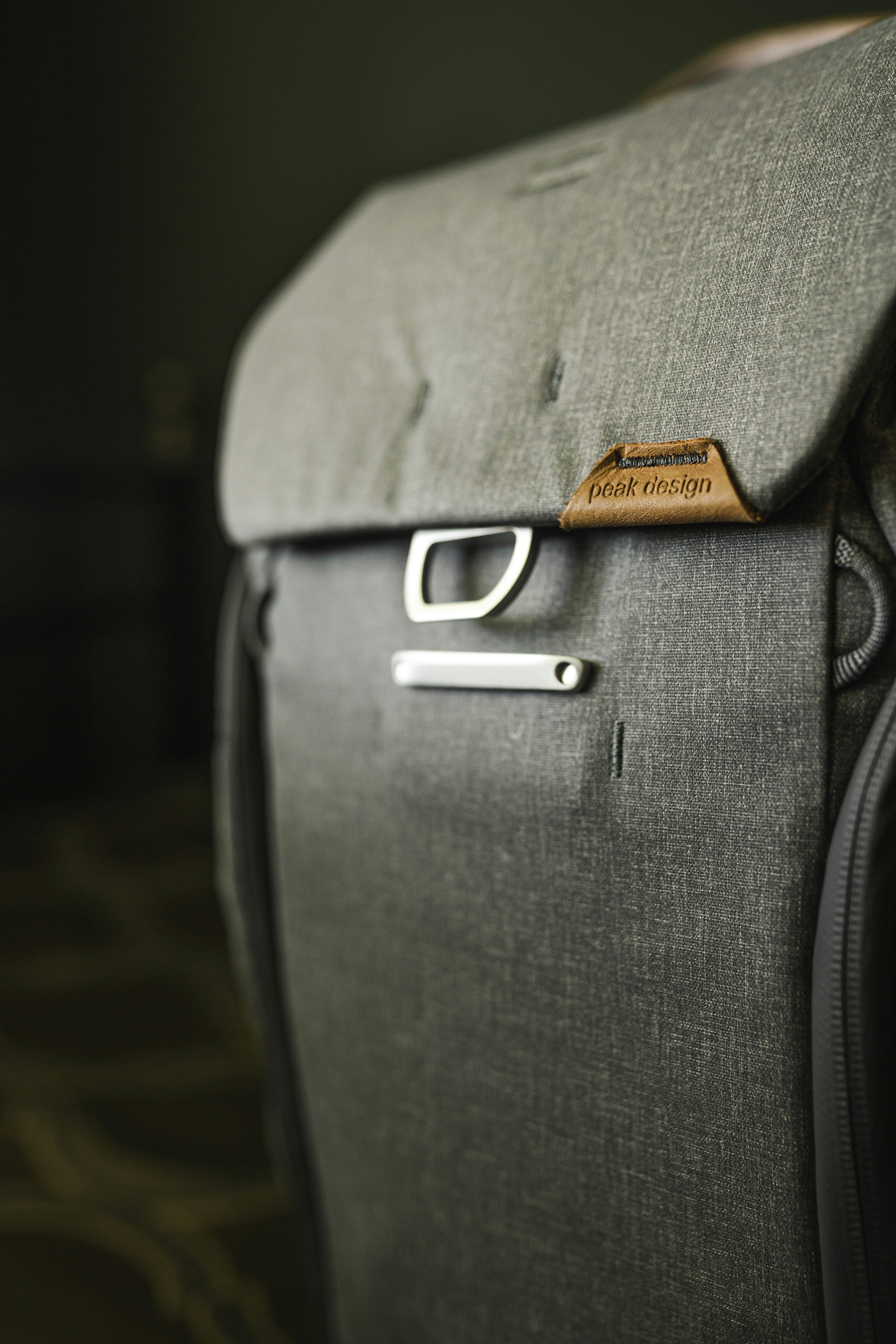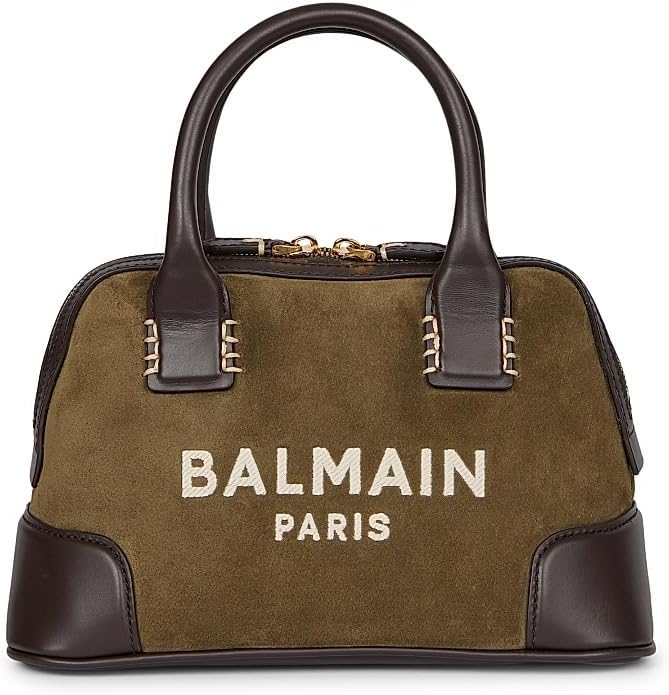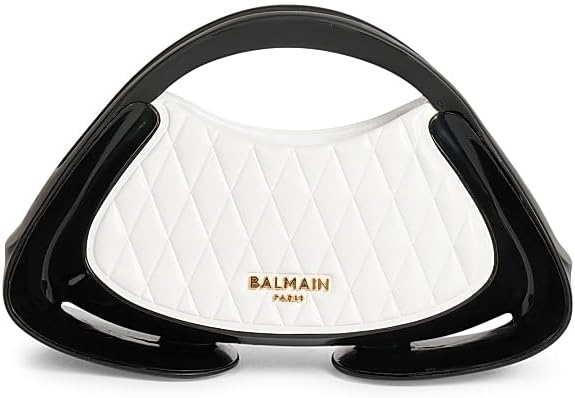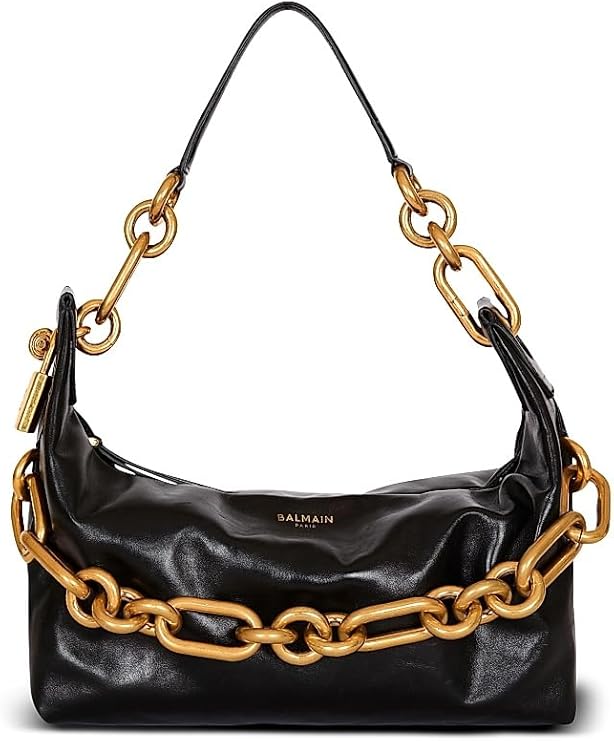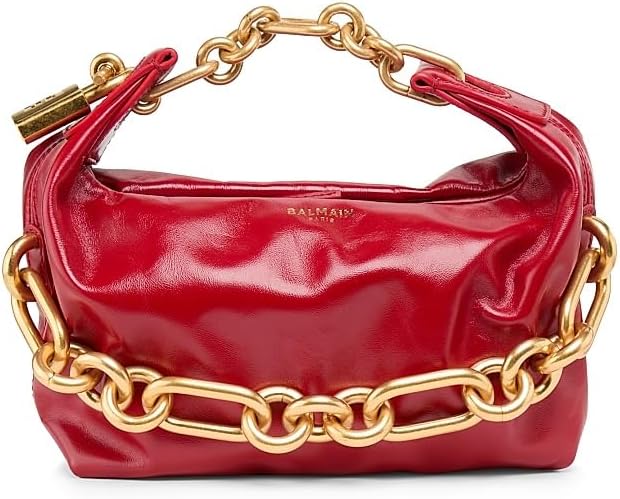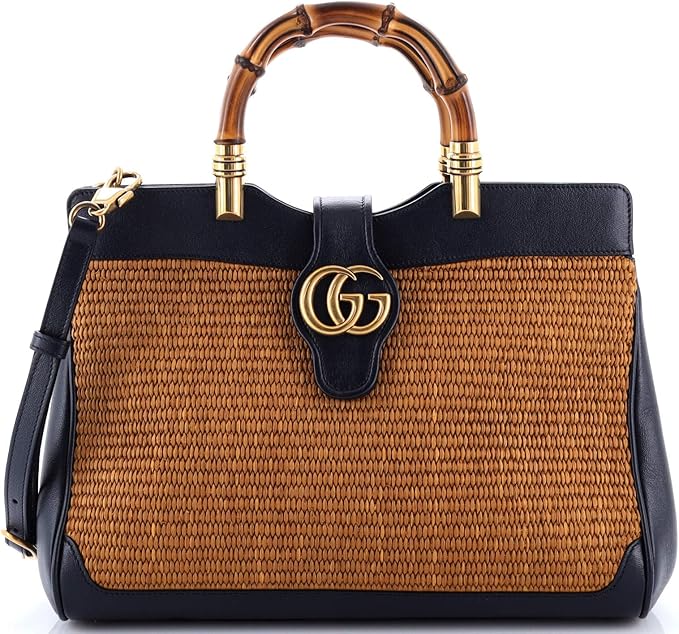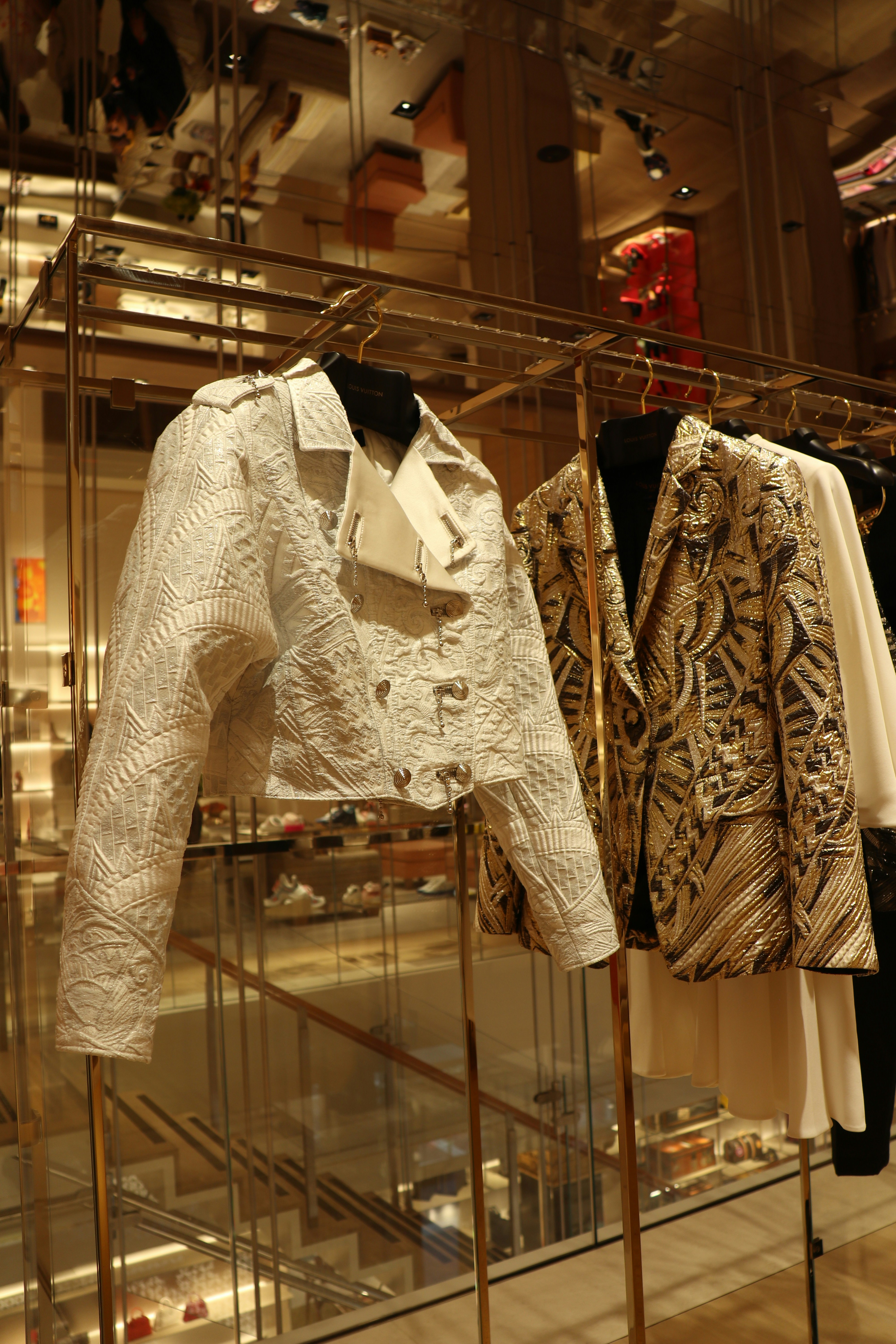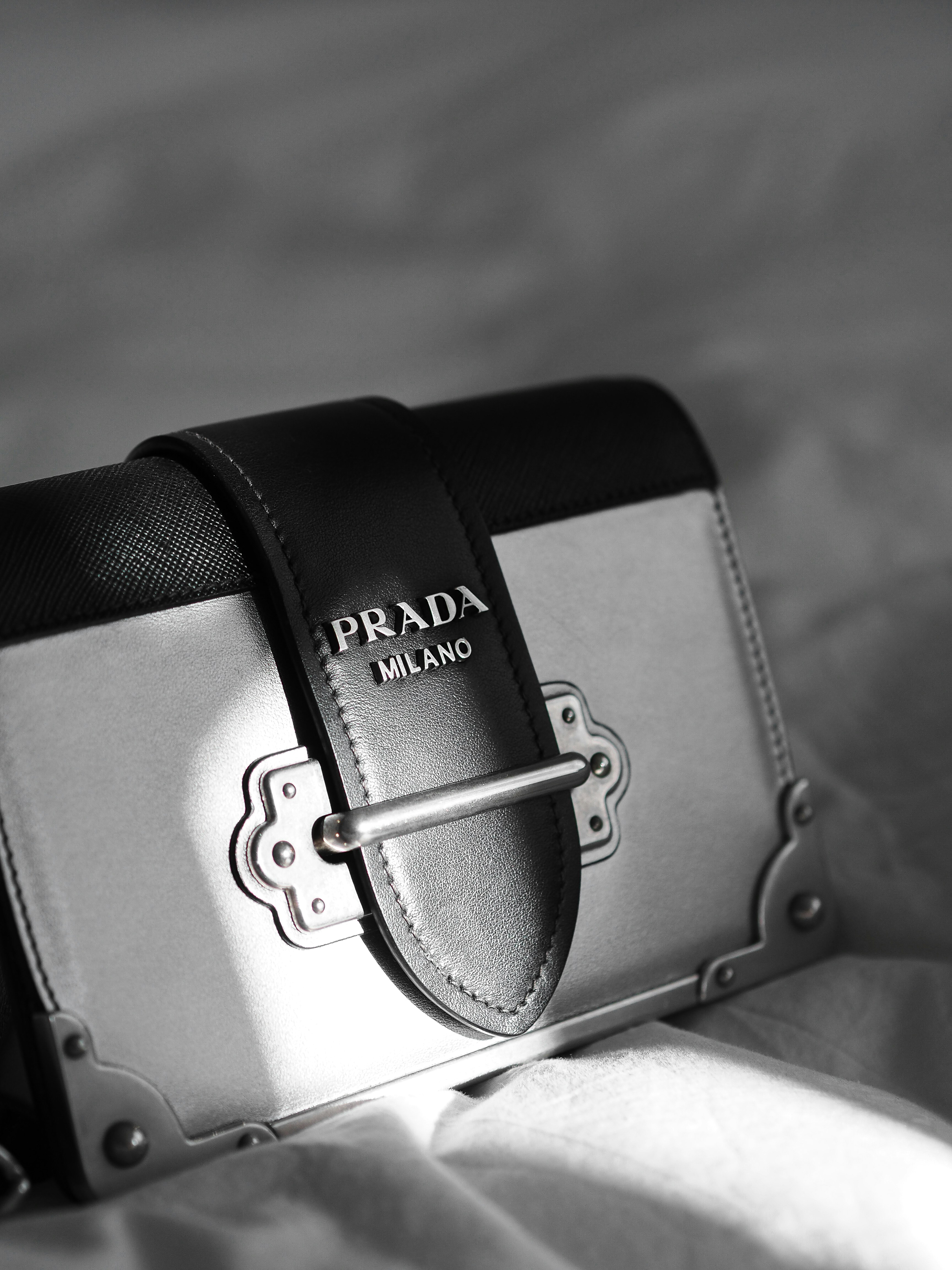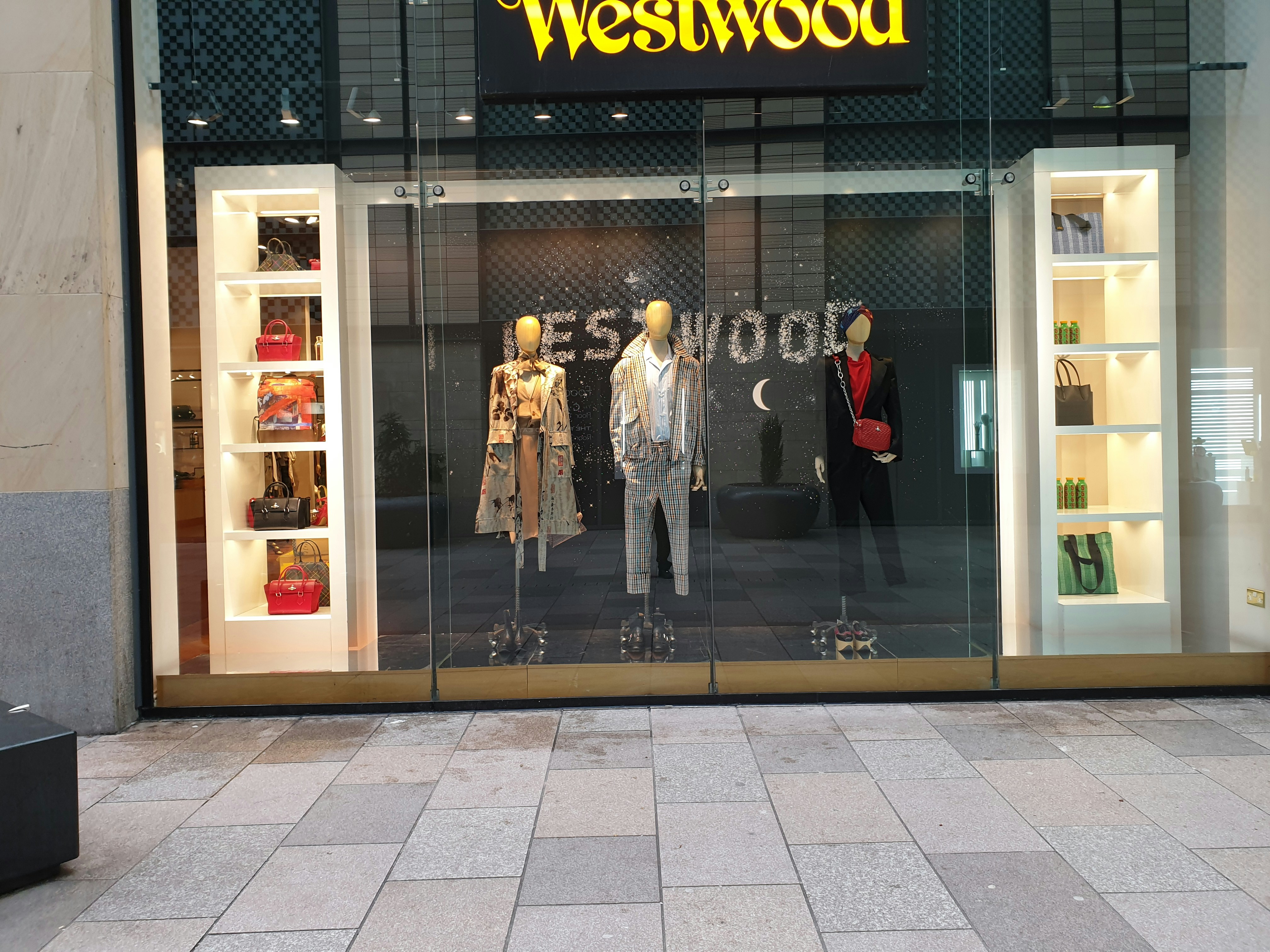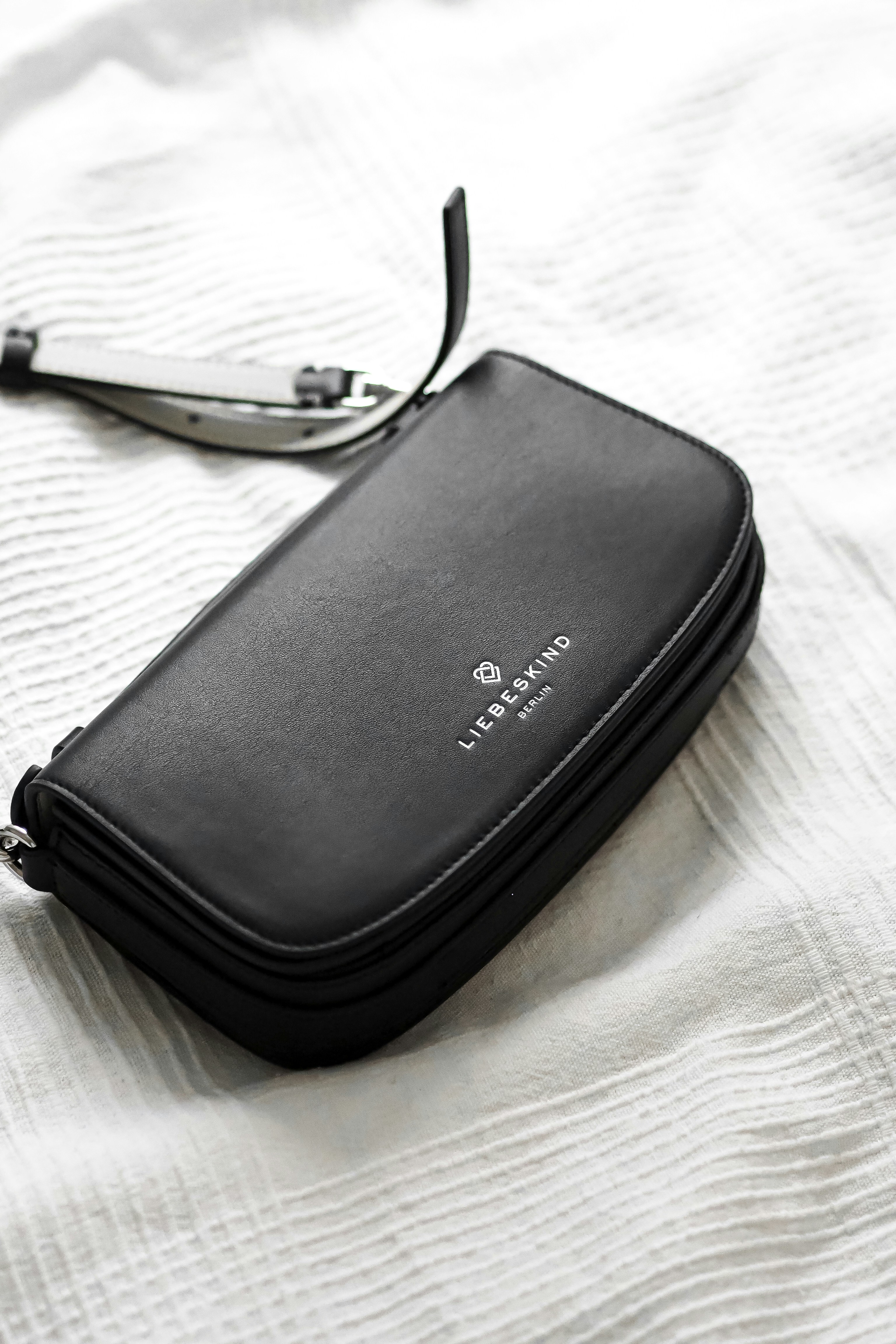The Foundations of MCM: A Journey Through Time
MCM, or Mode Creation Munich, was established in 1976, marking the onset of a revolutionary chapter in German fashion. Founded by Klaus-Jürgen Schneider, the brand’s inception was rooted in a desire to fuse luxury with practicality, exemplifying a vision that catered to a modern and sophisticated clientele. Schneider, inspired by the affluent lifestyle of the time, sought to create functional yet stylish products that would appeal to discerning consumers.
The brand’s early offerings primarily consisted of leather goods, characterized by a unique blend of craftsmanship and contemporary design. The use of luxurious materials and innovative manufacturing techniques quickly distinguished MCM in a crowded marketplace. The introduction of the iconic monogram, featuring a bold interlocking design, further cemented the brand’s identity, enhancing its recognition both domestically and internationally.
MCM’s design philosophy drew influences from various cultural elements and artistic movements, merging classic luxury with a practical approach to everyday items. This philosophy not only resonated with consumers in Germany but also captivated a global audience eager for both aesthetics and utility. The luxury fashion segment began to recognize MCM as a formidable player, leading to its emergence as a symbol of high-quality craftsmanship.
Throughout the years, MCM experienced significant milestones that testified to its growing prominence. The brand swiftly adapted to changing trends, expanding its product range to include a wider variety of accessories and apparel. Partnerships with artists and designers further enhanced its innovative reputation. By the late 1980s and early 1990s, MCM solidified its status as a luxury brand, synonymous with both fashion-forward thinking and superior quality, achieving an enviable position in the luxury market.
The Iconic Monogram Backpacks: A Symbol of Luxury
The monogram backpack from MCM stands as a hallmark of luxury within the fashion landscape, capturing the essence of sophistication and style. Originally launched in the late 1970s, these backpacks showcase a unique design that blends fashion and functionality, appealing to a discerning clientele. The bold monogram pattern—an interlocking design featuring the brand’s initials—serves not only as a distinctive emblem but also as a testament to the craftsmanship that characterizes MCM. The use of high-quality materials, including supple leather and durable hardware, exemplifies the brand’s commitment to excellence and longevity.
As MCM’s flagship product, the monogram backpack has established itself as a status symbol, evolving alongside changing fashion trends while maintaining its luxurious appeal. These bags have seen various iterations over the decades, with enhancements in design and function to cater to the tastes of a dynamic market. The versatility of the monogram backpack has allowed it to remain relevant, seamlessly transitioning from a functional accessory for daily adventures to a coveted piece in the haute couture realm.
The monogram pattern not only reflects MCM’s identity but also resonates with a diverse customer demographic. Fashion-forward individuals ranging from celebrities to young urban professionals have embraced the MCM monogram backpack as a staple in their wardrobe, often using it as a statement piece that encapsulates their personal style. Collaborations with renowned designers and limited edition releases have further entrenched the backpack’s reputation in high fashion, creating a buzz among collectors and fashion enthusiasts alike. Each collaboration adds a unique flair, offering consumers not just a product, but an exclusive experience tied to the MCM brand.
Ultimately, the iconic monogram backpack of MCM can be seen as a pivotal element in the evolution of luxury fashion, representing both the artistry of craftsmanship and the aspirations of contemporary consumers.
The Street-Luxury Crossover: Introducing the Stark Backpack
The Stark backpack has emerged as a defining symbol of the street-luxury crossover that MCM is renowned for, artfully blending the expectations of streetwear with the premium allure of luxury fashion. Designed to cater to the modern urbanite, the Stark backpack combines functional features with a sophisticated aesthetic, setting a new standard that distinguishes it from previous iterations of MCM bags. The incorporation of innovative materials, such as high-grade leather and durable nylon, ensures both durability and style, making it an ideal accessory for everyday wear.
The versatility of the Stark backpack is one of its standout features. Designed for a variety of occasions, it functions seamlessly whether the user is heading to work, attending casual gatherings, or exploring city streets. With multiple compartments and a sleek profile, it effectively meets the needs of a younger demographic that values practicality as well as style. This adaptability has significantly contributed to its appeal, especially among millennials and Generation Z consumers who often prioritize functionality in their fashion choices.
This bag has not only gained traction among consumers but has also influenced fashion trends and sparked discussions within pop culture. Fashion influencers and celebrities have been observed styling the Stark backpack in various contexts, which has heightened its status as a must-have accessory. This visibility in the trend-setting community illustrates MCM’s acumen in harnessing collaborations and strategic marketing initiatives that resonate with today’s fashion-conscious audience. Through these efforts, the brand has not only retained but enhanced its relevance in a dynamic fashion landscape, solidifying the Stark backpack’s place in the evolving narrative of street-luxury fashion.
MCM Today: The Future of Luxury Fashion in a Changing Market
MCM has continuously evolved since its inception in 1976, successfully adapting to the dynamic landscape of luxury fashion. In recent years, the brand has recognized the importance of digital transformation as a primary strategy to engage with a younger audience. With the rise of e-commerce and social media platforms, MCM has leveraged these channels to promote its collections, fostering a direct relationship with consumers. The brand’s presence on platforms such as Instagram and TikTok not only enhances visibility but also cultivates a community around its luxury offerings.
Moreover, sustainability has become a significant focus for many luxury fashion brands, and MCM is no exception. As consumers become more conscious of environmental impact, MCM has initiated various eco-friendly practices, including the use of sustainable materials and ethical production methods. The brand’s commitment to sustainability reflects an understanding of contemporary consumer values, positioning itself as a responsible player in the luxury market while preserving its prestigious heritage.
As the consumer landscape evolves, MCM aims to maintain its heritage while innovating its collections. Future release strategies may explore collaborations with contemporary artists and designers, blending the brand’s luxury aesthetic with streetwear influences. Such partnerships could redefine MCM’s offerings, appealing to both traditional luxury consumers and the newer generation that seeks authenticity and innovation. This dual approach allows MCM to retain its distinctive identity while remaining relevant amid the changing preferences of the luxury market.
In conclusion, MCM’s trajectory in the luxury fashion landscape is characterized by a commitment to digital integration, sustainable practices, and a focus on heritage. By embracing these elements, MCM is well-positioned to navigate the complexities of the modern consumer landscape, ensuring its relevance in an ever-evolving market while preparing for the future of luxury fashion.

